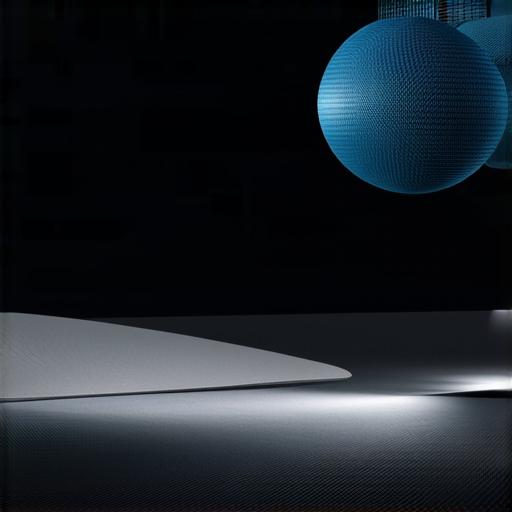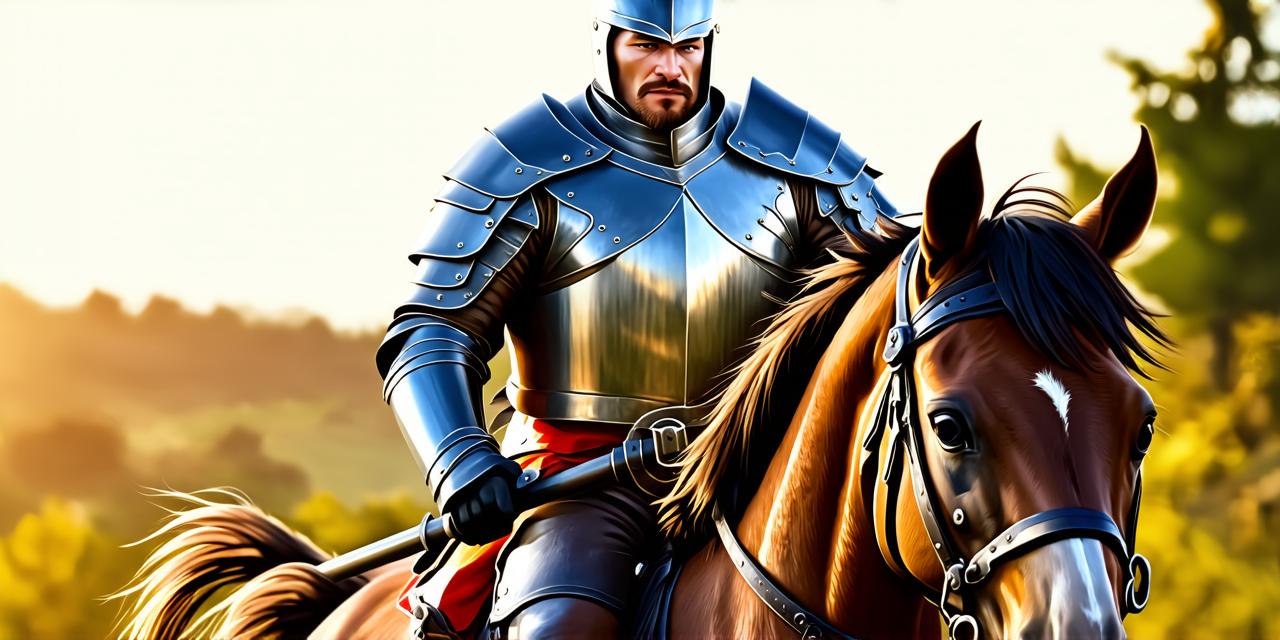3D Model vs Render: Understanding the Difference
<!DOCTYPE html>
What is a 3D Model?
A 3D model is a digital representation of an object or character that exists in three dimensions. It consists of geometric shapes such as vertices, edges, and faces that are combined to create the object’s appearance. These models can be created using specialized software such as Maya, Blender, or Unity, and they can be exported into different file formats for use in games.
3D modeling involves a process of creating digital representations of objects or characters by manipulating geometric shapes and textures. The level of detail and realism of these models depends on the skill and experience of the 3D modeler, as well as the software being used. High-quality 3D models are essential for creating highly detailed and realistic environments and characters in games.
What is a Render?
A render is the process of generating an image from a 3D model by applying textures, lighting, and other visual effects. The resulting image can be viewed in real-time or saved as a static image file for later use. Rendering is typically done using specialized hardware such as graphics processing units (GPUs) and can take a significant amount of time depending on the complexity of the scene and the number of objects being rendered.
Rendering is an essential part of game development that allows game developers to create highly detailed and realistic environments and characters. Rendering involves applying textures, lighting, and other visual effects to a 3D model to create an image that is visually appealing and immersive. The performance of rendering depends on the complexity of the scene and the number of objects being rendered, as well as the hardware being used.
The Difference between 3D Model vs Render:
While both 3D models and renders are essential components of game development, they serve different purposes. A 3D model is a digital representation of an object or character that exists in three dimensions, while a render is the final image of the completed structure.
The Benefits of Using 3D Models and Renders in Game Development:
Using 3D models and renders in game development offers several benefits. Firstly, it allows game developers to create highly detailed and realistic environments and characters that would be difficult or impossible to achieve through traditional 2D art techniques. Secondly, it enables game developers to make iterative changes to the design of a game without having to start from scratch each time. This can save significant time and resources in the development process.
3D models and renders also provide players with a more immersive experience. By creating highly detailed and realistic environments and characters, game developers can transport players to new and exciting worlds that feel like they are truly part of the game.
Case Study: Uncharted 4
Uncharted 4 is a popular adventure game that showcases the power of 3D models and renders in game development. The game’s environments are highly detailed and realistic, with each object and character modeled with incredible accuracy. This allows players to fully immerse themselves in the game world and creates a sense of depth and believability that is difficult to achieve through traditional art techniques.

Personal Experience:
As a game developer myself, I have seen firsthand how 3D models and renders can transform a game’s appearance and create a more immersive experience for players. By using highly detailed and realistic models and applying textures, lighting, and other visual effects, game developers can create environments and characters that are both visually appealing and engaging.
Tips for Effectively Using 3D Models and Renders in Game Development:
- Choose the right software for your needs – There are many different software options available for creating 3D models and renders, each with their own strengths and weaknesses. It’s important to choose the software that best suits your needs and skill level.
- Optimize your rendering process – Rendering can be a time-consuming process, so it’s essential to optimize it as much as possible. This can include using specialized rendering techniques such as level of detail (LOD) optimization and batching objects together for efficient rendering.
- Use high-quality textures and lighting – The quality of your textures and lighting can have a significant impact on the overall appearance of your 3D models and renders. It’s important to use high-quality textures and lighting that enhance the realism and immersion of your game world.
- Test and iterate – Finally, it’s important to test and iterate on your 3D models and renders throughout the development process. This will allow you to make changes and improvements as needed to ensure that your final product is both visually appealing and engaging for players.
Conclusion:
In conclusion, 3D models and renders are essential components of game development that provide players with highly detailed and realistic environments and characters. While there are many different software options available for creating these models and renders, it’s important to choose the right tools for your needs and skill level. By optimizing your rendering process, using high-quality textures and lighting, and testing and iterating on your work, you can create engaging and immersive experiences that transport players to new and exciting worlds.
